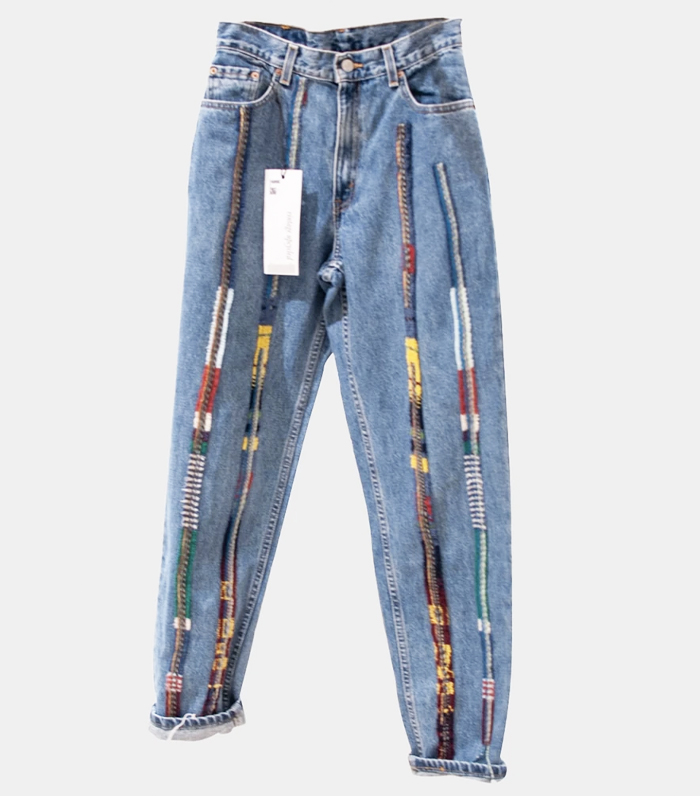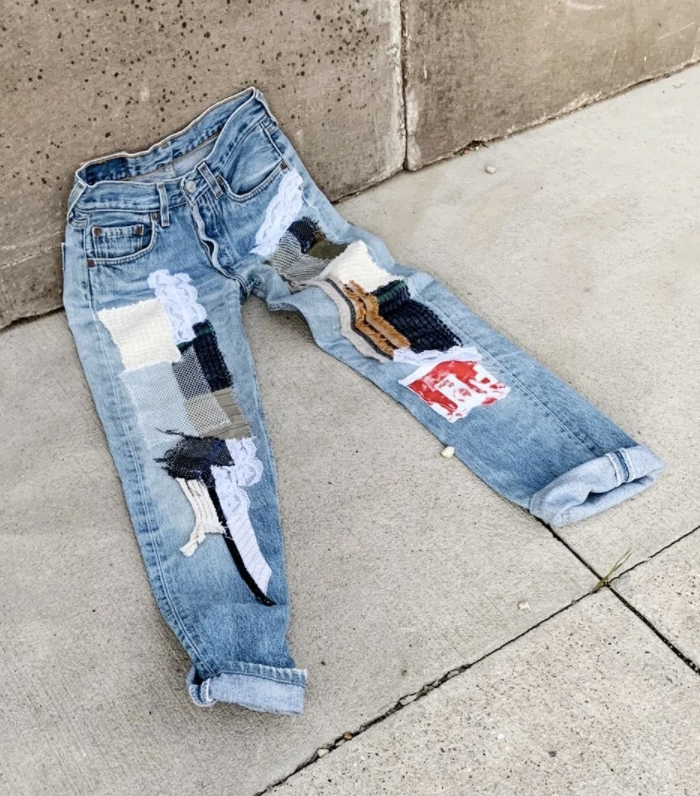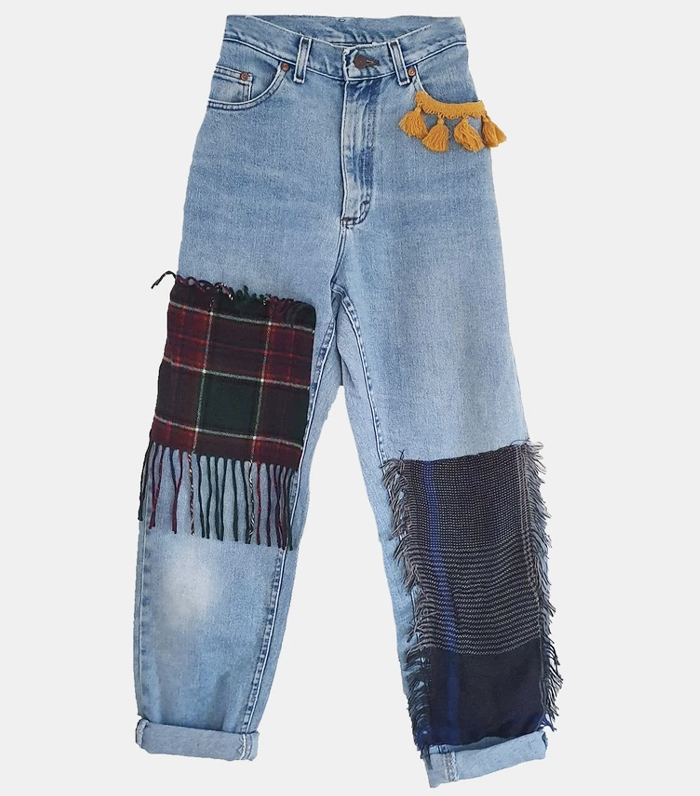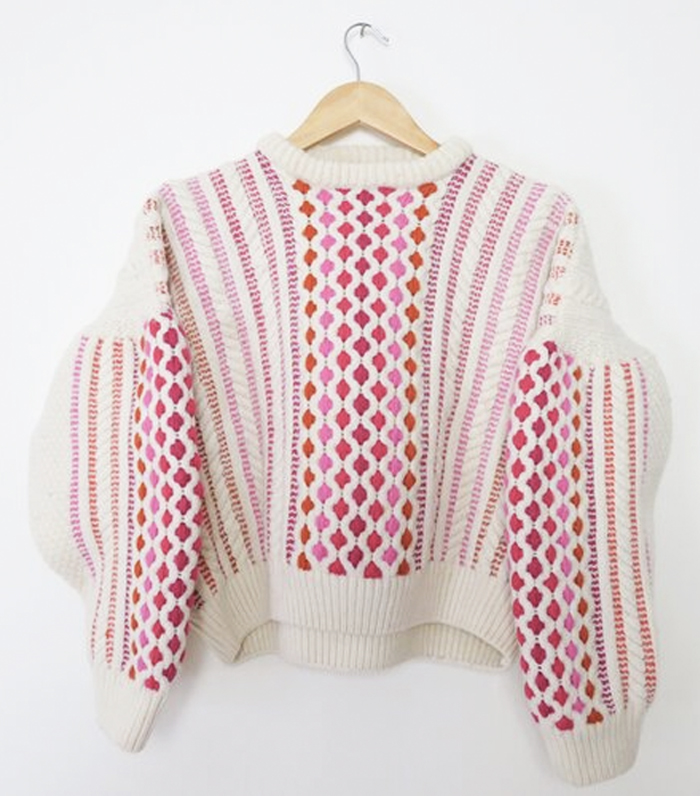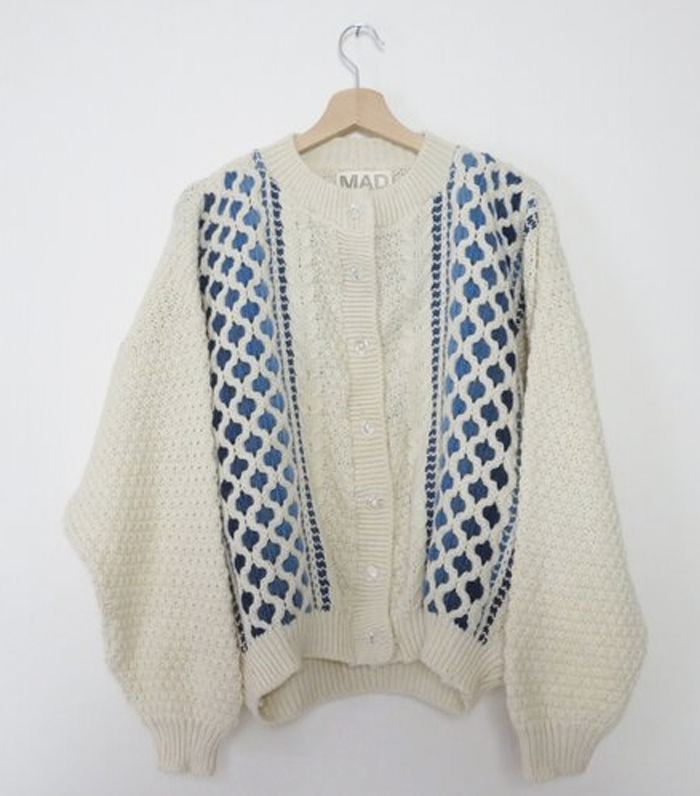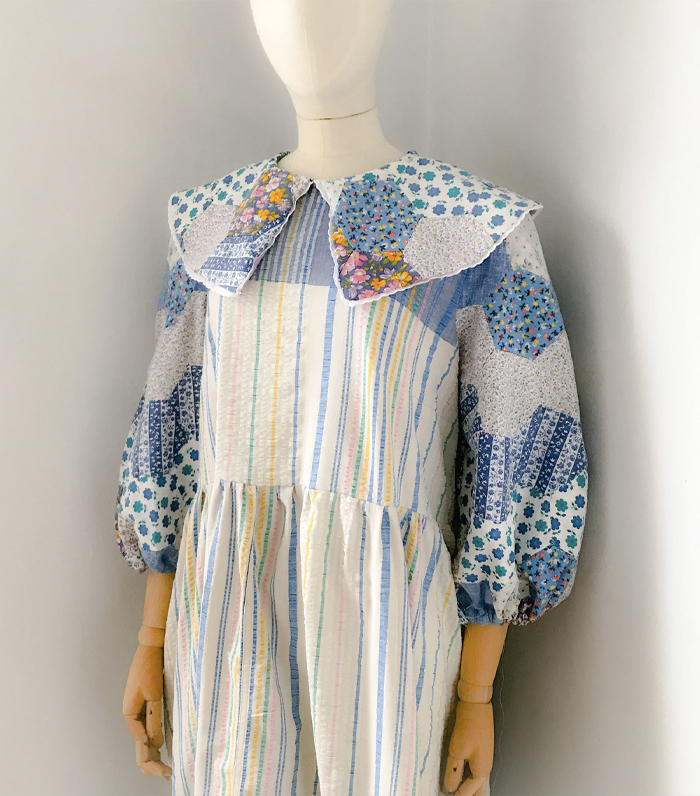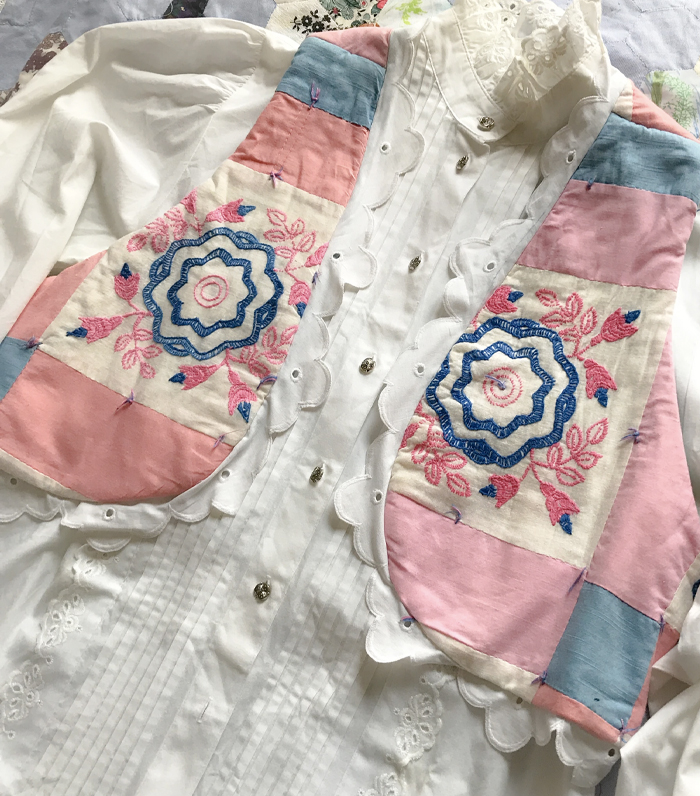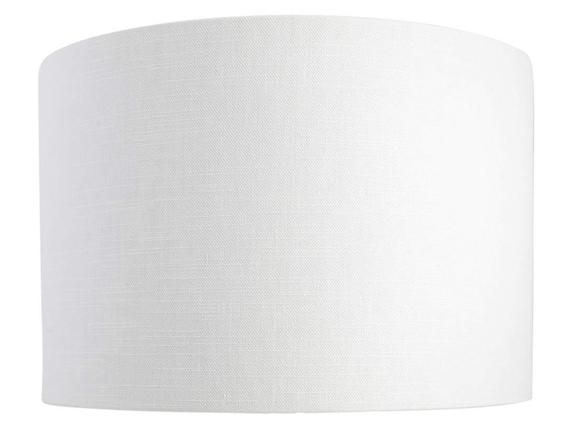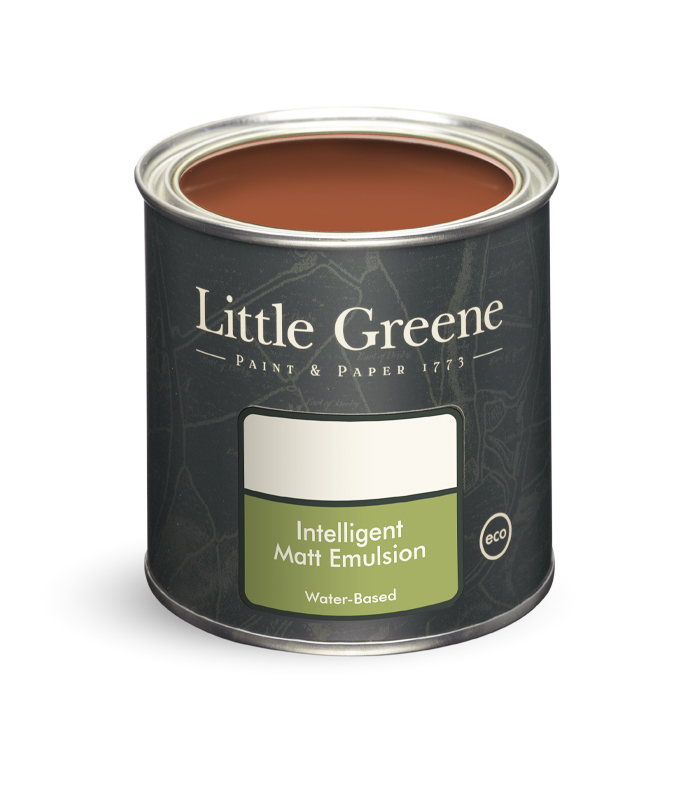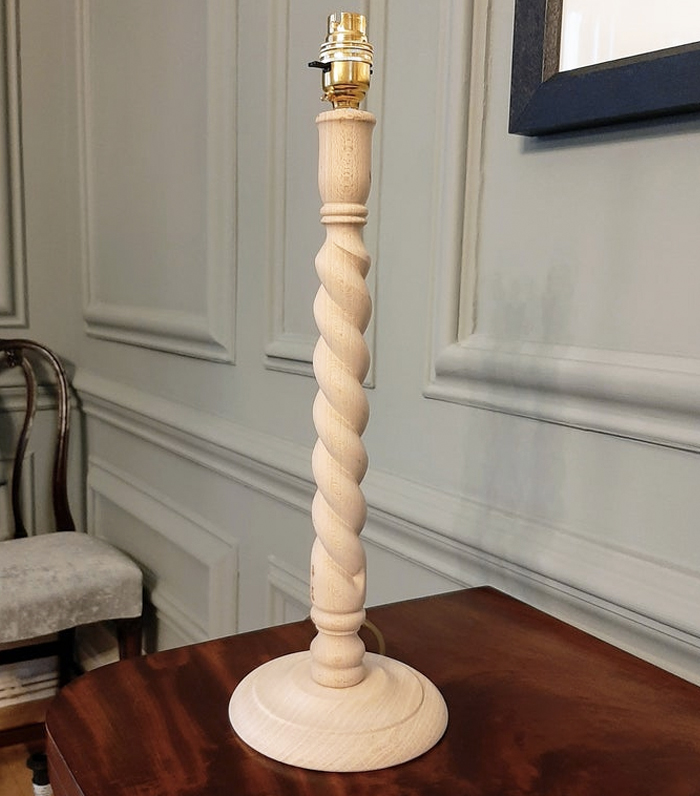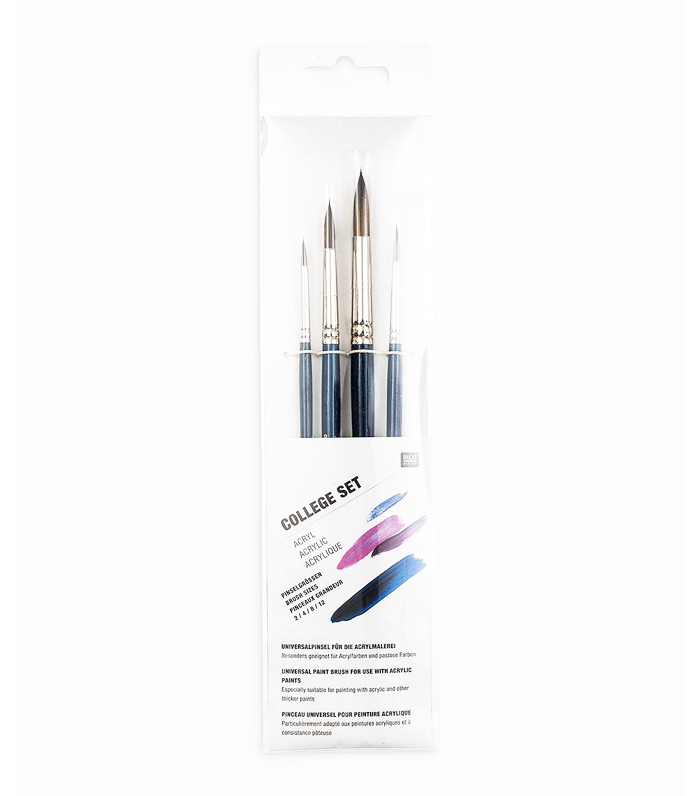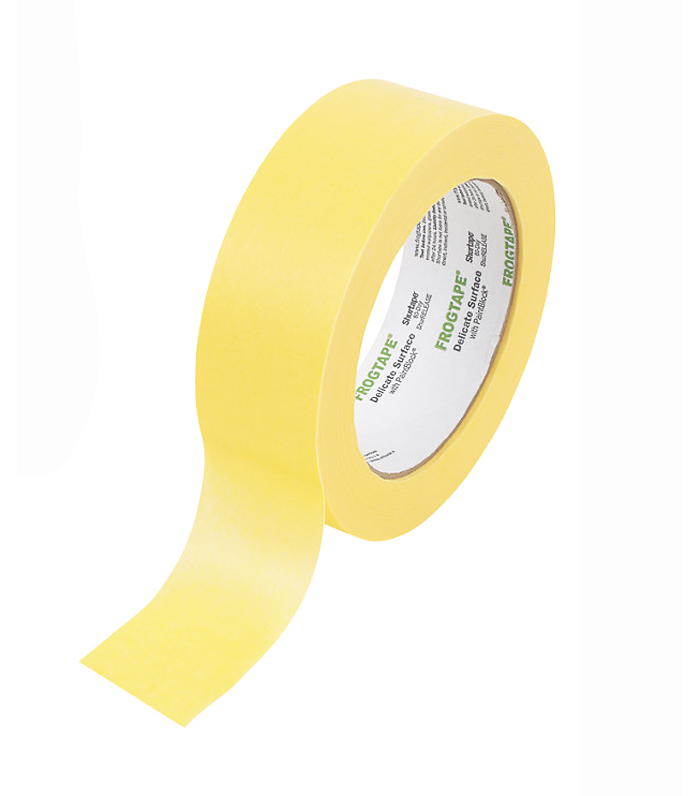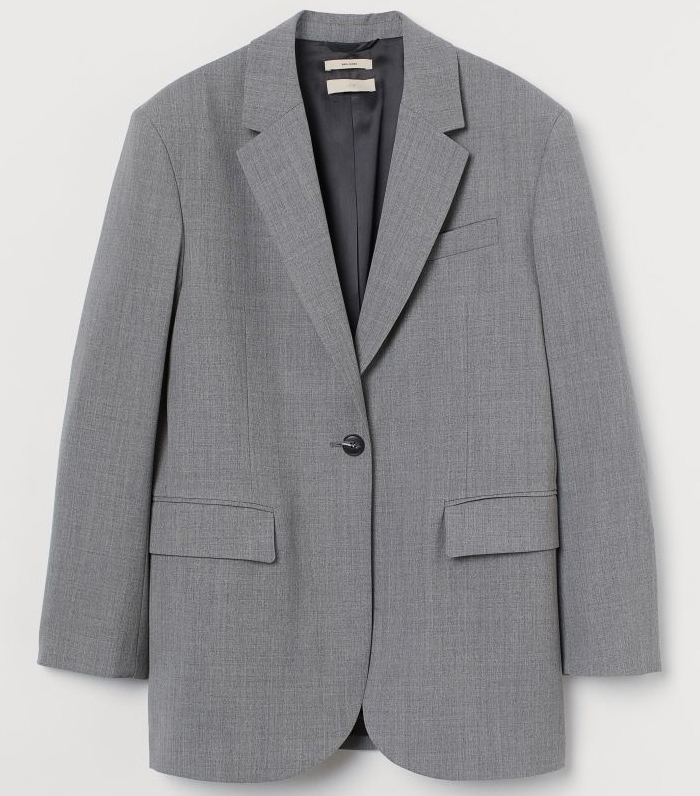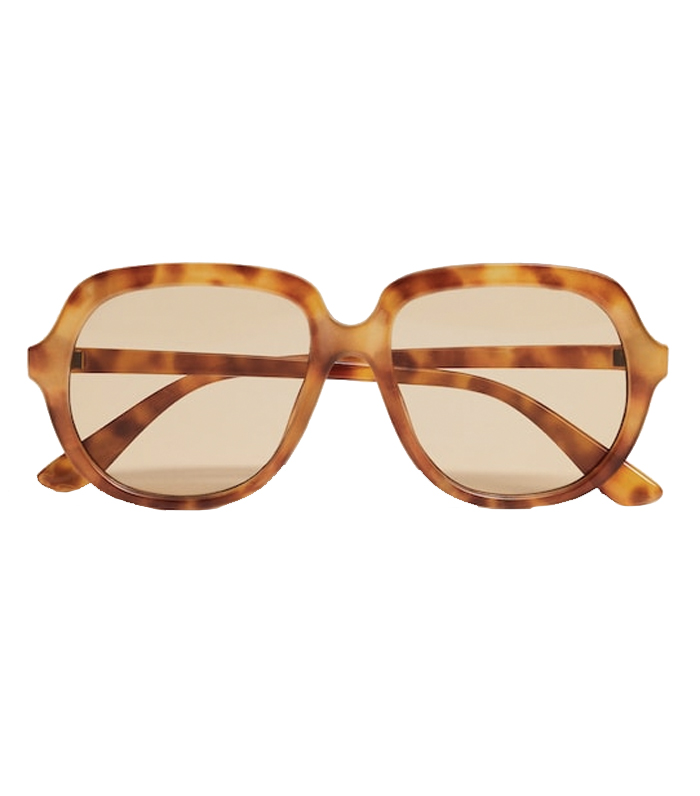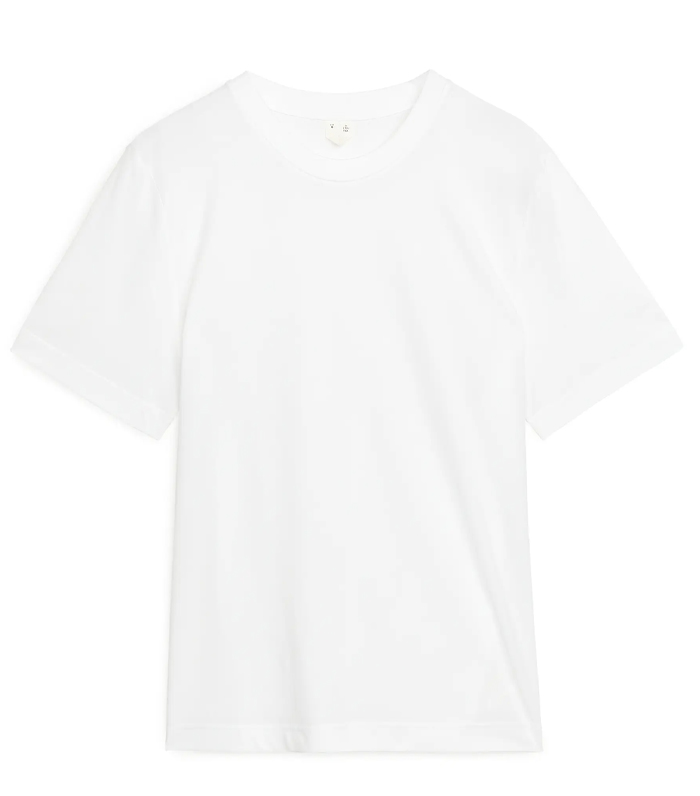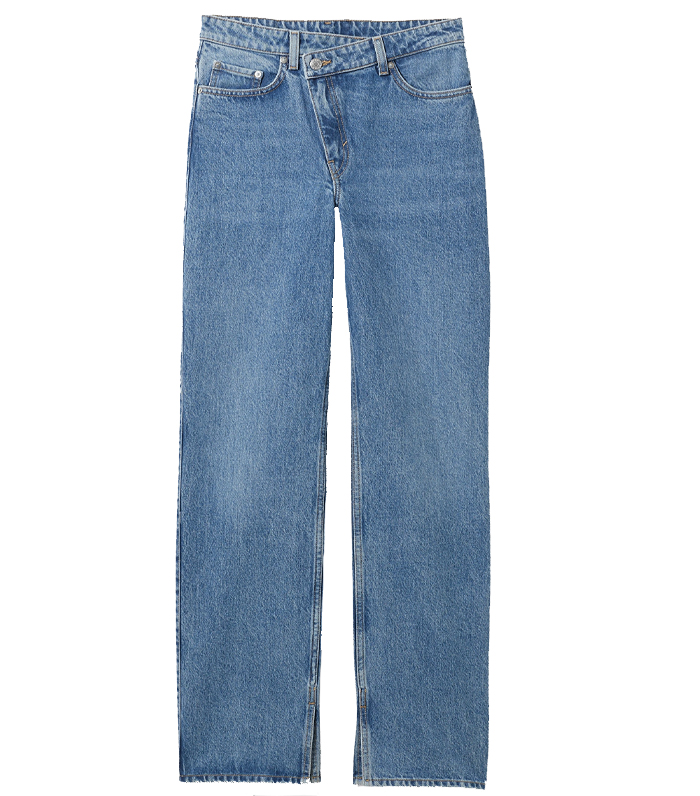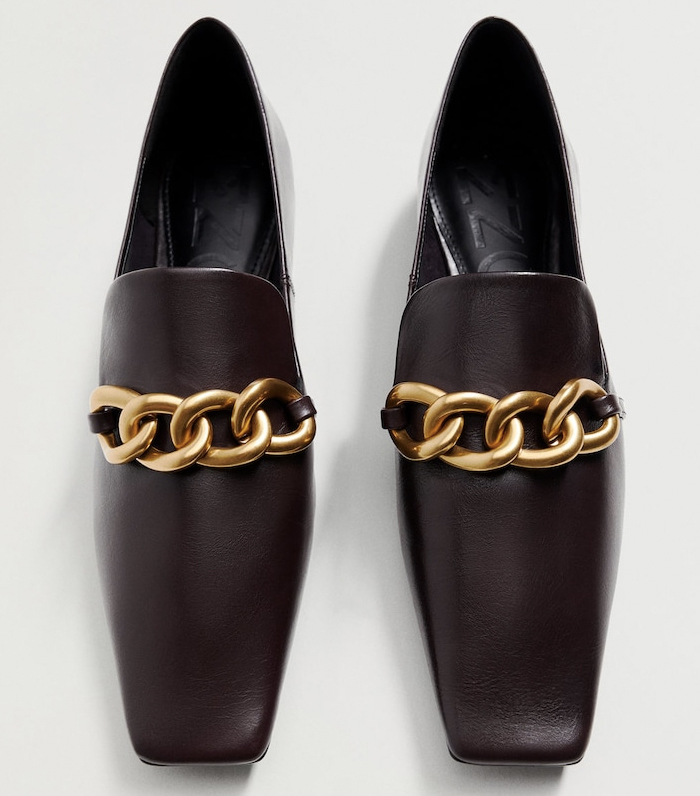3 Ways I Create a Unique Personal Style Without Spending a Fortune
Here at Who What Wear UK, we're all about delivering the latest and greatest shopping edits, as approved by our team. That's why we've created The Joy of Shopping, a shopping column which will see me, Joy Montgomery, discussing the brands, buys, and ideas that are preoccupying my mind this month—think homewares, outerwear, and everything in-between. Is there something you'd like me to cover? Make sure to tweet or Instagram me your requests!
How do you create an original personal style? It's a somewhat loaded question that fashion-lovers have grappled with for centuries. Just like good taste, originality can feel like an elusive, ever-moving target that changes year-to-year, month-to-month, and now thanks to the fast-paced nature of social media, week-to-week. The moment you think you've captured it, the world around you shifts and, more often than not, you're left behind, breathlessly trying to keep up with the zeitgeist.
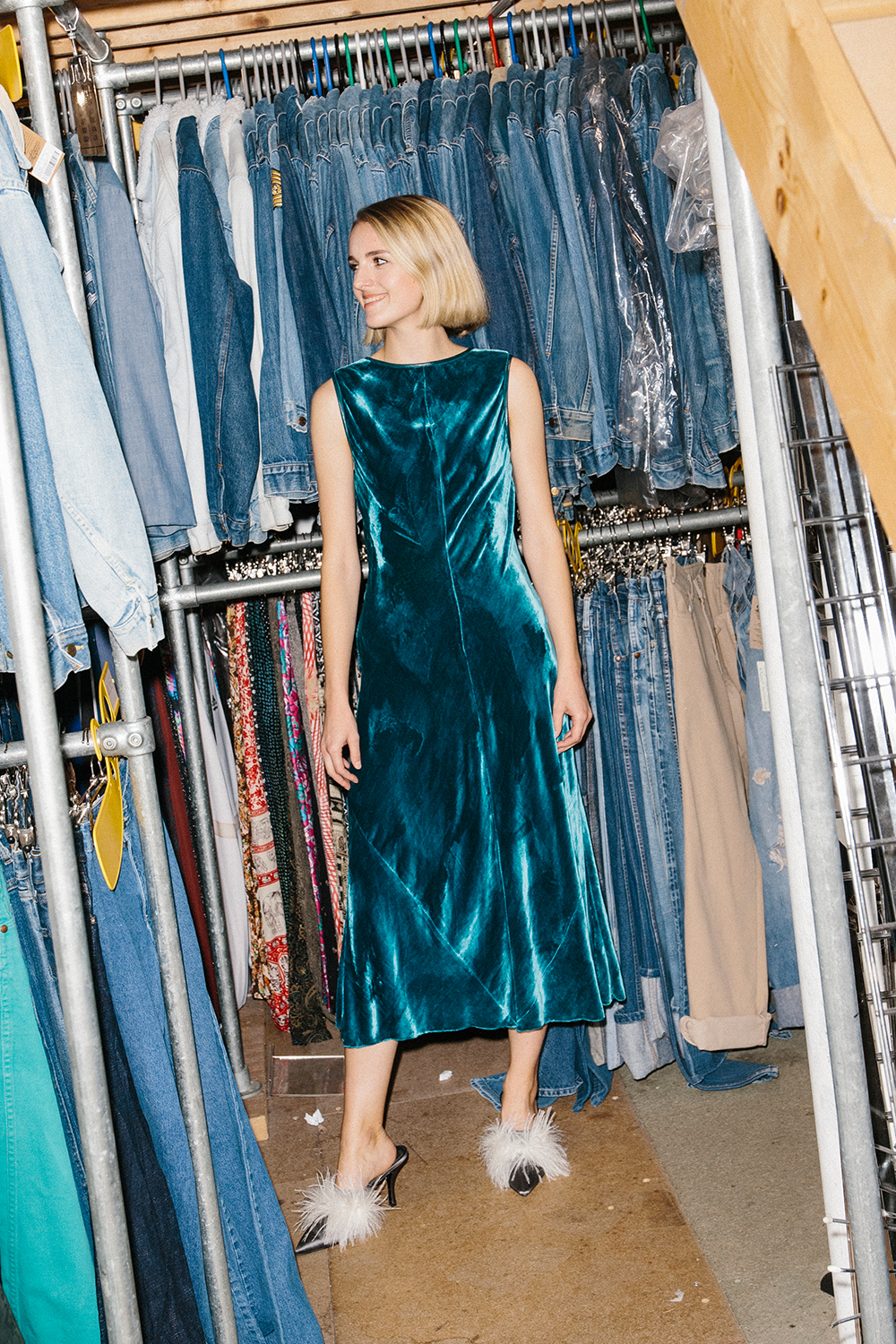
It comes down to this: What is and is not original is a totally subjective notion. Rather than trying to asimilate what is going on around us, the gold standard we should be aiming for is to create a personal style that exists apart from the melee of ever-changing trends. It operates on its own terms. I concede that this requires a certain level of confidence when it comes to one's wardrobe, and the skill of being able to pick and choose from passing styles, alongside identifying timeless buys, is one that can take years to hone. At the age of 29, I've made baby steps in the right direction, but I still have so much more to learn. It really is about trial and error.
However, in my (almost) nine years of working in the industry, I've picked up a few nuggets of wisdom that have helped me on my journey to forming an autonomous personal style. While it is an expansive subject matter, I have picked three topics that I've found particularly valuable. Some are relatively recent discoveries, while others have been longer in the making. From the craftsmanship of the upcycling fashion movement to the power of Doing It Yourself, scroll down to see my thoughts on creating original style.
1. Upcycle Your Style
Until last year, the world of upcycling was totally alien to me, then I came across Mad Brown Knitwear, a small brand that was taking old cable knit jumpers and lovingly restoring them using brightly-coloured yarn. The finished product was truly stunning. This discovery sent me down an Instagram hole of 'reworked' fashion brands, all of which offered that off-beat originality usually reserved for high-end designers but for a fraction of the price.
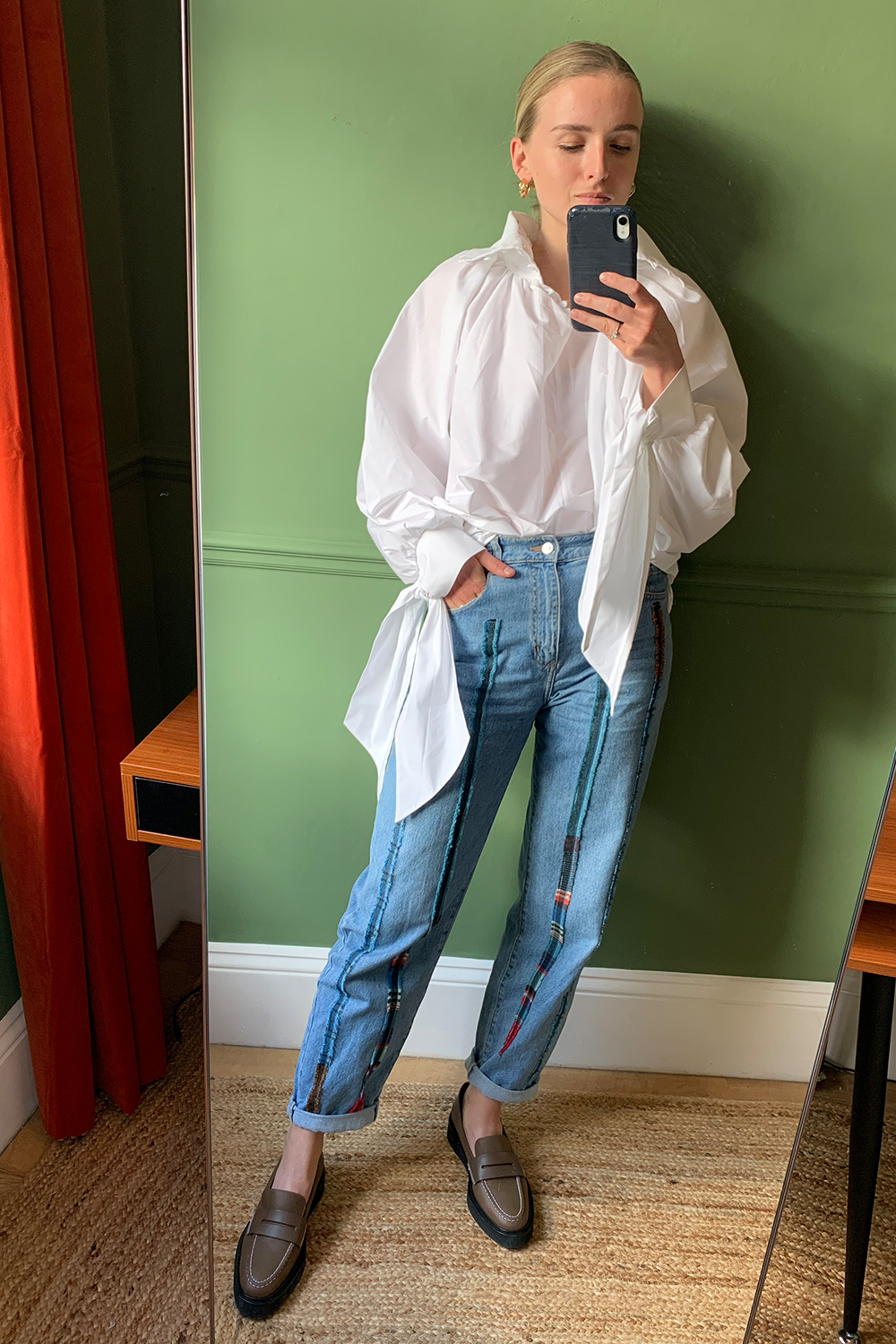
On Joy: Upcycled jeans by Fanfare the Label, Pieces of White Shirt, ATP Atelier loafers.
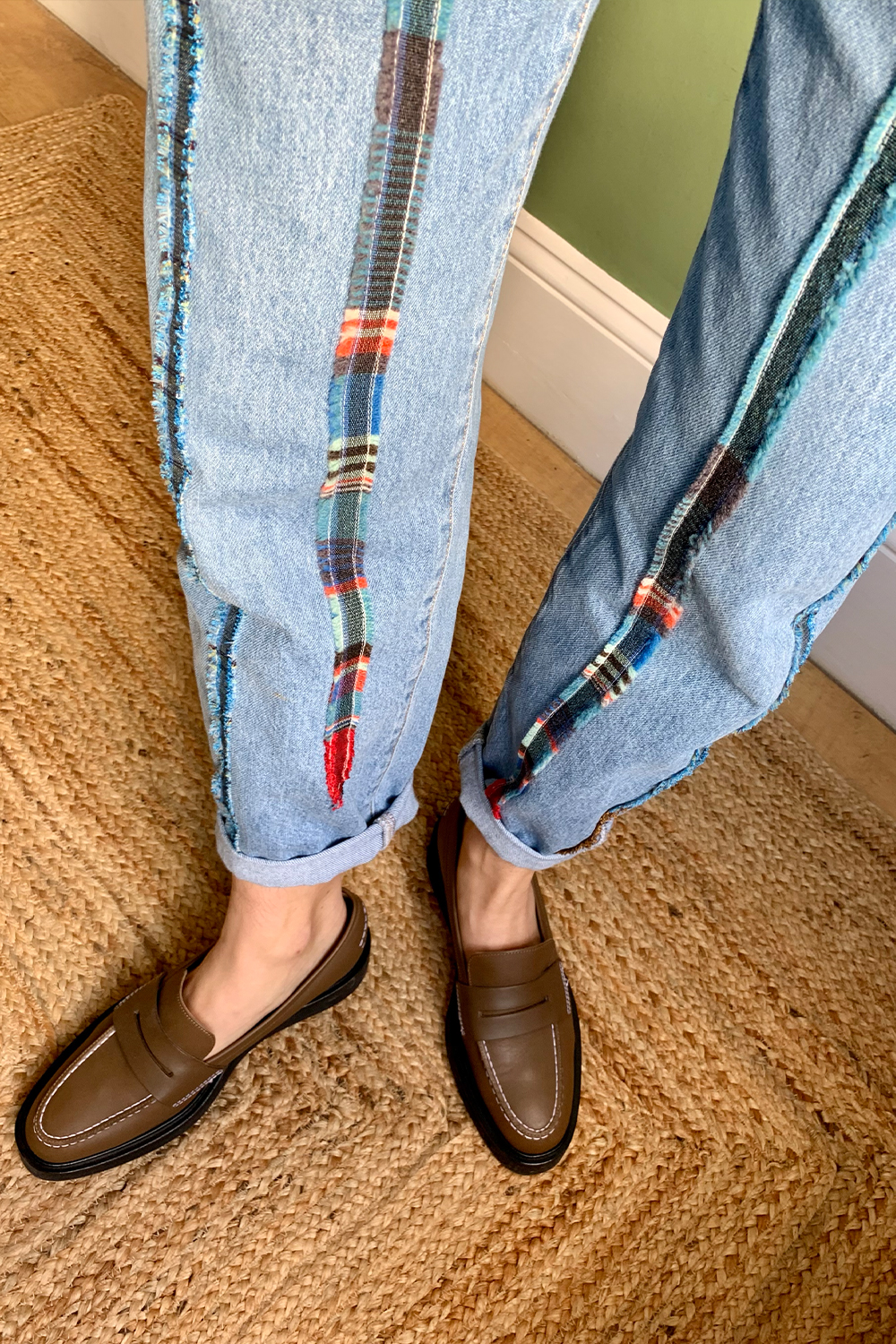
Fanfare the Label has one brand that has really captured my imagination in this regard. The principle is simple: Send the brand a pair of your old jeans or an old jumper and then see your pre-loved item sent back to you completely transformed. I chose an old pair of Topshop jeans that I hadn't worn for a while and asked for the brand's signature colourful printed fabric stripes. I can honestly say that they now look like the sort of jeans you would find on Net-a-Porter. Oh, and you won't find the same pair anywhere else.
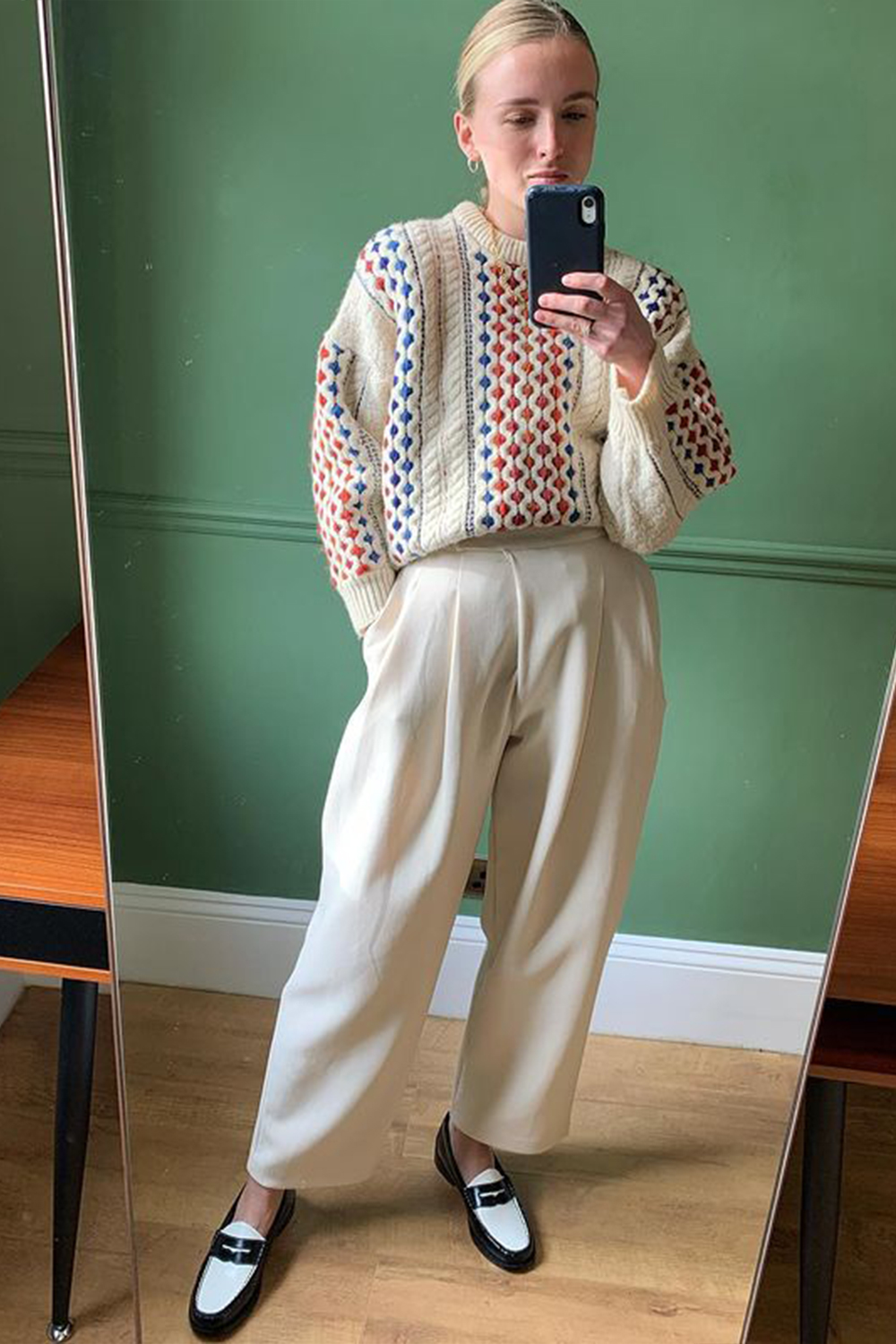
On Joy: Upcycled jumper by Mad Brown Knitwear, trousers by Glassworks London, loafers by G.H Bass.
I also have to mention Lola Alba Vintage, a brand that creates the coolest patchwork pieces out of old fabrics. They even have an option to send your own quilts and linens, which they use to create a bespoke piece. Now if that isn't original style then I don't know what is. Rewear, upcycle and learn to love the clothes you own. Sounds simple enough, but it's a principle that could radically transform both your wardrobe and the fashion industry as a whole.
SHOP THE BRAND
2. Dabble in Some DIY
I'll put my hands up and confess that I have become a total lockdown cliche this year: I have rediscovered the joy of DIY. As anyone who has read my previous stories will know, last year I taught myself to sew and it totally changed the way I viewed my wardrobe, and so really it was a logical extension to apply the same principle to homewares after I moved into a new flat back in December.
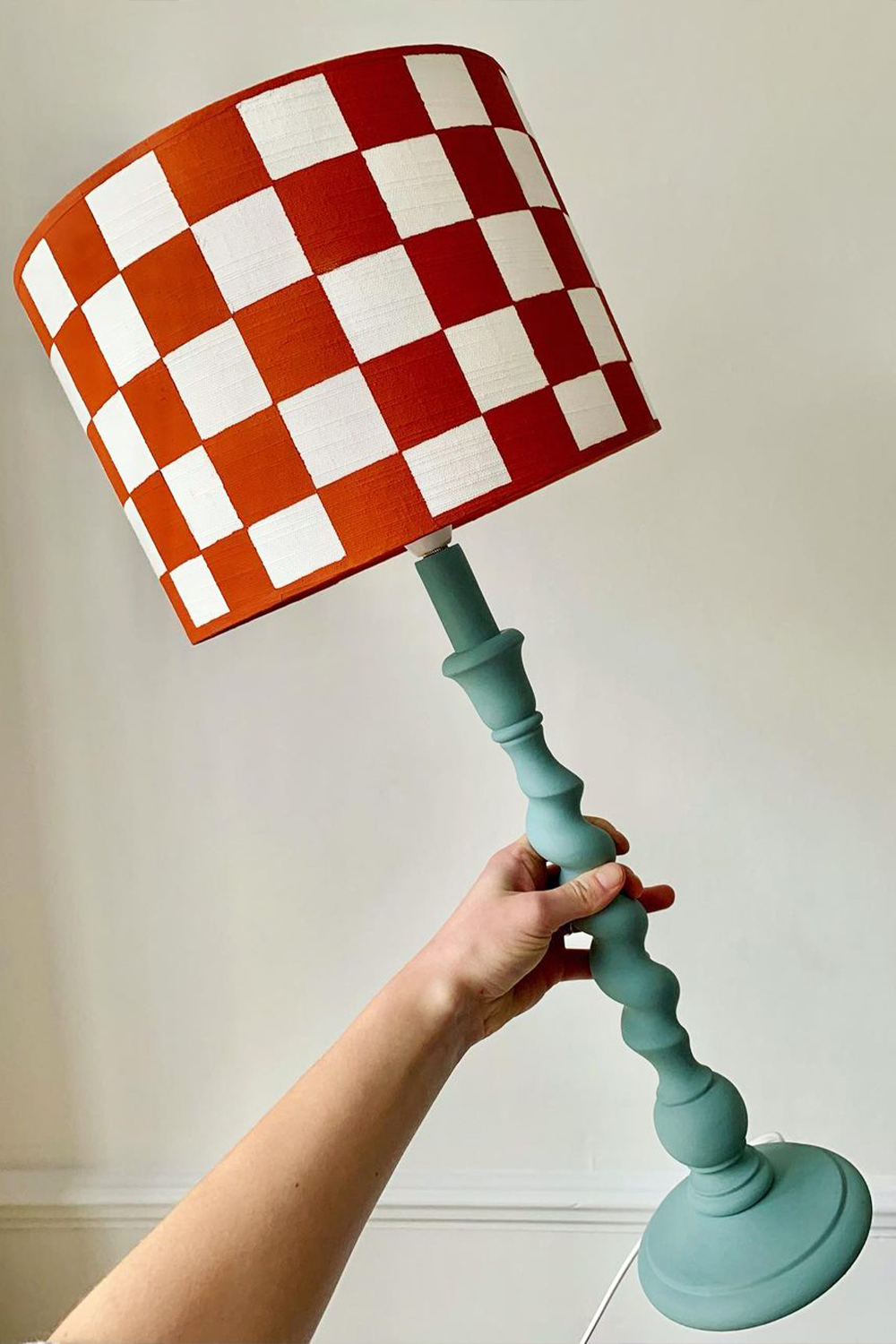
If you've ever hunted for homewares, you'll know that it's not a cheap pastime, and you can quickly tot up a hefty sum even on the high street. It didn't help that I was becoming slightly disillusioned by the world of Instagram and Pinterest. While they're undeniably useful for inspiration, it can become all too easy to fall into the prevailing, cookie-cutter interiors aesthetic. So I figured it was time to dig out the old acrylic paint and paintbrushes and try my hand at making pieces myself, and the outcome was so much better than I expected.
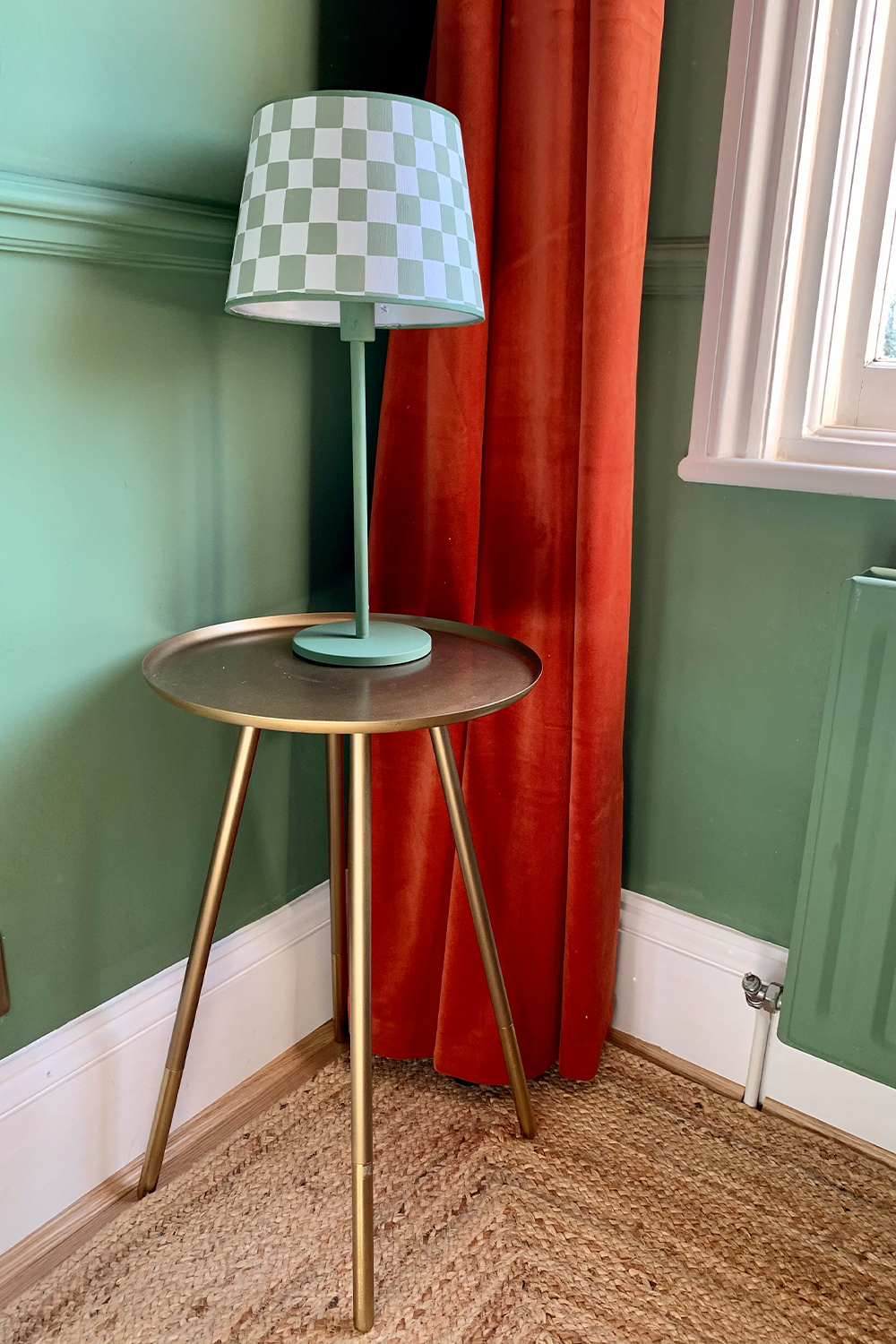
The secret is finding affordable bases and shades from sites such as Etsy, Ebay and Facebook Marketplace then picking paint colours that feel contemporary. I ended up using tester pots that I had bought for painting the walls, which did the job nicely. Also keep an eye out for unusual shapes, such as barley twist bases (a search term to note), even if the original finish isn't appealing. It's amazing what a lick of paint can do. Also, this is not a time to be a perfectionist. Sometimes it's the hand-crafted wobbly line that, ironically, makes something look so distinctive and unlike anything you could buy in a store.
SHOP DIY ESSENTIALS
3. Get it Right on the High Street
It goes without saying that this is a complex topic that could easily be addressed in a whole article of its own, but all I know is that high-street fashion is, and has always been, an important part of my wardrobe. Of course, in an ideal world, everyone would be buying vintage fashion and 100% sustainable brands, but as the market currently stands, these options can often be both expensive and restrictive when it comes to sizing.
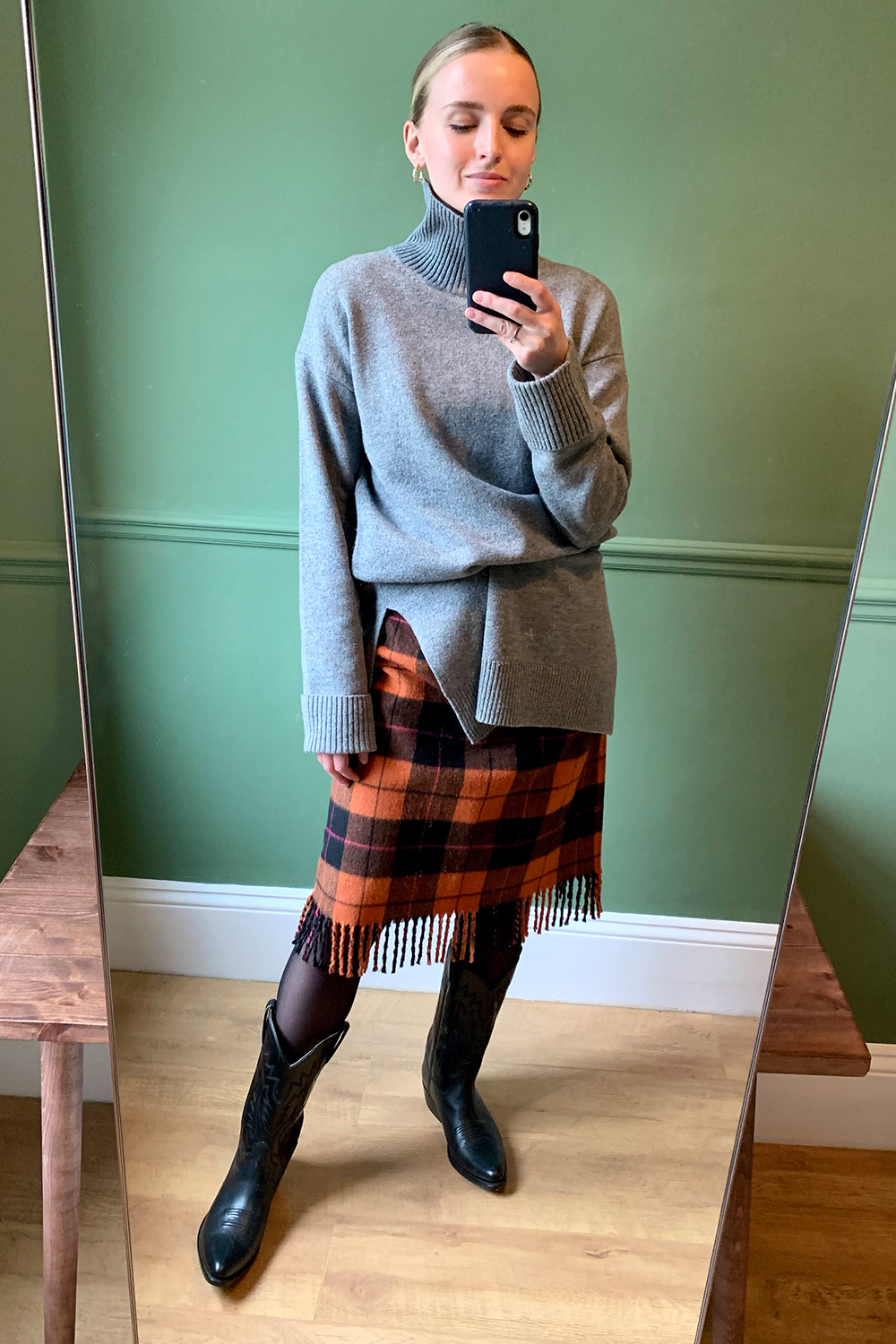
On Joy: Arket High-Neck knitted dress, £79, vintage skirt and boots.
The way I see it is that my job is to show readers how to take a more considered approach to high-street fashion, for example identifying well-made pieces that will stand the test of time. It's all about fabric, fit and versatility. Firstly, look out for fabrics that have substance, hang well and won't need to be washed constantly, such as wool, denim and cotton.
Fit-wise, I would say less is more. Often, the high-street pieces I've kept the longest have been clean-lined basics such as blazers and tailored trousers. Just make sure to try on multiple sizes to find the fit that is comfortable and makes you feel good. Versatility is also an obvious one, but it's about thinking before you buy: Can you imagine five or six ways of styling said item? Is it something you'll wear twice then get bored of?
Ultimately, my hope is that in the future vintage and high-street (presuming brands continue to take steps to improve their carbon footprint) can sit side-by-side in the average wardrobe. In my experience, it's this meeting of old and new that can create the most truly original style.
SHOP HIGH-STREET CLASSICS
Up Next: I Just Moved Houses, and These Are the Homeware Buys I'm Obsessed With
